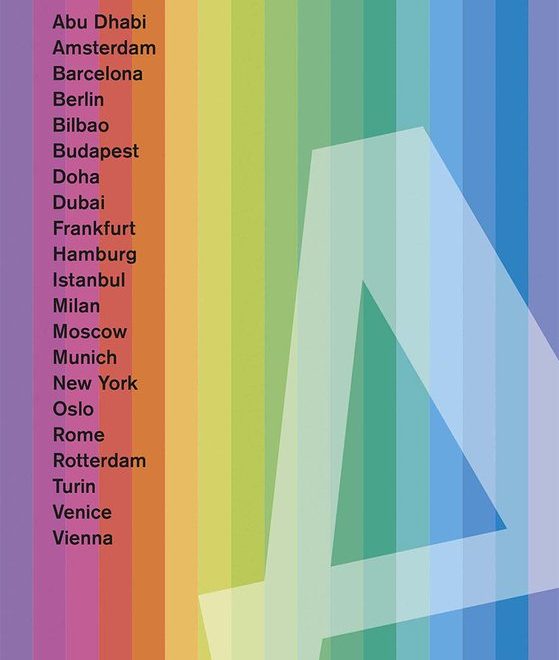Nel 2015 abbiamo redatto una guida sull’architettura contemporanea di Torino e del Piemonte per DOM Publishers, pubblicata in edizione inglese e italiana.
La Guida presenta 150 edifici che abbracciano un arco temporale dal 1900 ai giorni nostri. Suddivisi in sedici itinerari più o meno lunghi, questi edifici possono essere esplorati partendo dal centro storico romano e barocco. I percorsi conducono dai grandi viali del XIX secolo, quando Torino fu la prima capitale italiana, fino ai moderni monumenti industriali e alle regioni orientali e settentrionali del Piemonte. La guida include anche l’architettura moderna commissionata da Olivetti a Ivrea e le cantine delle Langhe oggi protette dall’UNESCO.
La storia architettonica di Torino è intrinsecamente legata allo sviluppo della Fiat nel XX secolo. Nell’introduzione, Michela Rosso traccia il percorso dalla celebre fabbrica Lingotto, simbolo del modernismo, alle successive strutture di Mirafiori e agli edifici residenziali circostanti. Figure di spicco del modernismo italiano, come Carlo Mollino o Pier Luigi Nervi, hanno lasciato un segno con opere pubbliche e private.
Solo negli ultimi vent’anni, Torino ha vissuto il suo più grande boom edilizio, diventando un laboratorio di trasformazione del patrimonio industriale, anche grazie ai Giochi Olimpici Invernali del 2006. Di conseguenza, oltre un terzo dei progetti presentati nella guida sono stati realizzati o ristrutturati tra il 1995 e il 2015. Il libro riconosce la scarsa attenzione dedicata alla storia architettonica recente di Torino e rappresenta la terza guida di DOM Publishers che offre uno sguardo sull’architettura contemporanea di una città del nord Italia, seguendo le precedenti dedicato a Venezia e Milano.
Recensita da:
La Repubblica: “L’Architectural Guide” di Dom publishers, edita a Berlino in lingua inglese – e presto tradotta in italiano – racconta la città attraverso i segni antichi e moderni. Non per nulla il panorama dal Monte dei Cappuccini che apre il volume identifica nello skyline tre chiavi di volta: il grattacielo di Intesa Sanpaolo, la Torre Littoria e la Mole. Oggi, ieri, l’altroieri.” Leonardo Bizzarro e Marina Paglieri
Espazium.ch: “Torino è conosciuta quale città industriale, soprattutto grazie alla FIAT. Chi non conosce la città ai piedi delle Alpi sarà sorpreso di scoprire che è un luogo piacevole dove soggiornare, caratterizzato da architetture che vanno dal barocco allo stile liberty, con numerosi portici e strade spaziose”. Valeria Crescenzi
L’Architetto: “Si tratta di una attenta panoramica che va dai monumenti storici cittadini alle ultime trasformazioni, passando dunque dalle opere di Guarino Guarini a quelle di Pierluigi Nervi, da Bernardo Vittone a Carlo Mollino, dai monumenti di Filippo Juvarra ai recentissimi contributi di Renzo Piano, Massimiliano Fuksas, Arata Isozaki, Cino Zucchi, Benedetto Camerana. Tutte presenze rintracciate nell’attraversare metodicamente i diversi quartieri e aree cittadine, conducendoci dal centro alla periferia più estrema e meno nota, quella conosciuta dagli addetti ai lavori e che, di fatto, cela presenze architettoniche di grande pregio e inestimabile valore sociologico. Per poi spingersi sul territorio, dal Canavese all’alta val Susa e nelle Langhe, includendo così le costruzioni alpine per lo sci ma anche le cantine vinicole e molto altro.” Maria Vittoria Capitanucci
Autori: Cristiana Chiorino, Giulietta Fassino, Laura Milan, Michela Rosso
Cliente: DOM Publishers
Periodo: 2015


